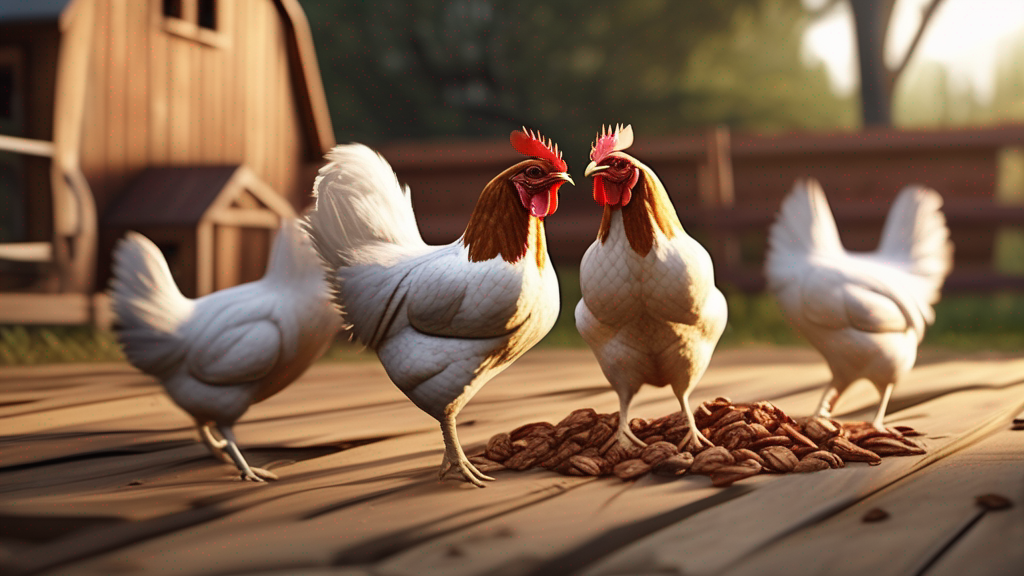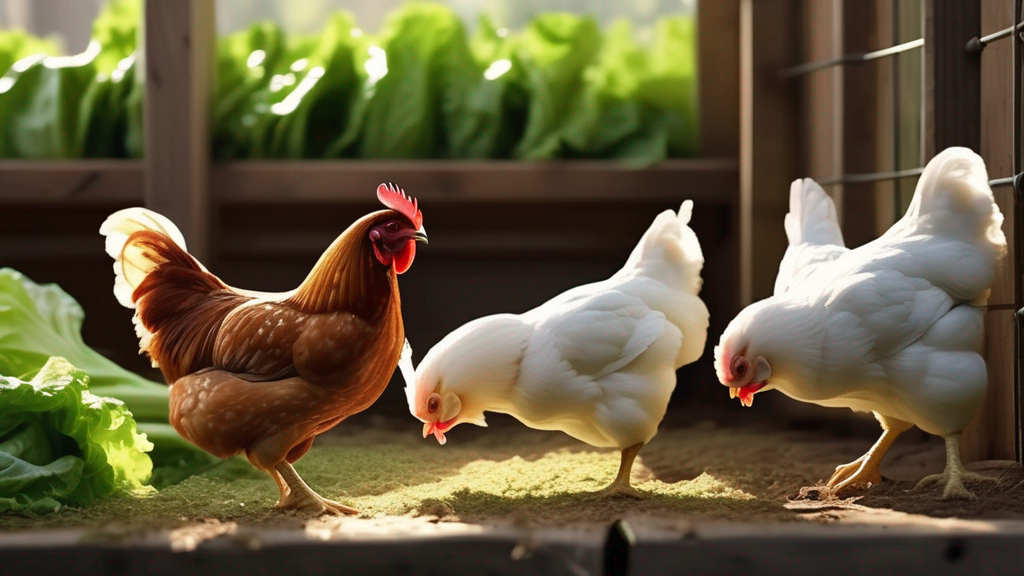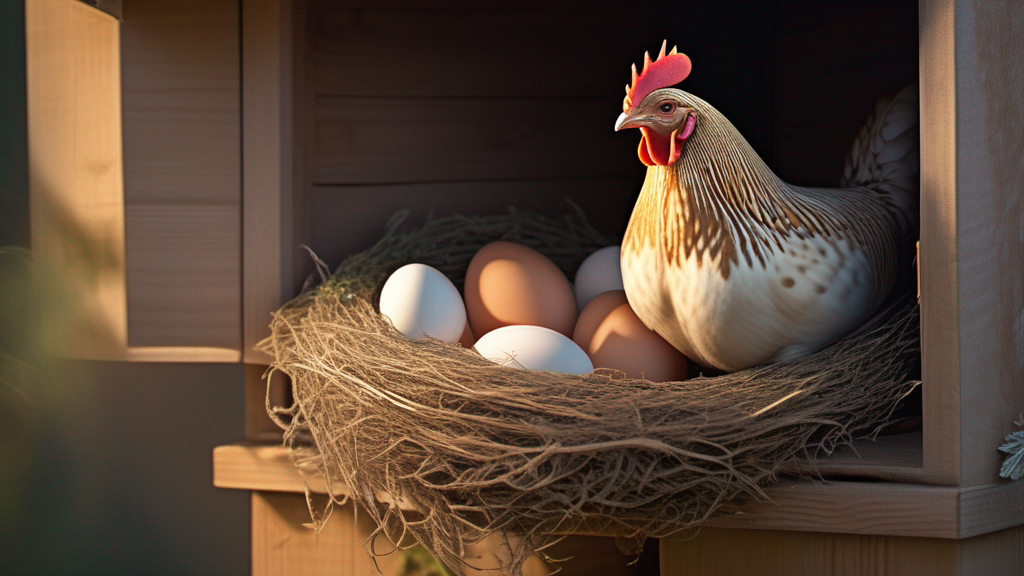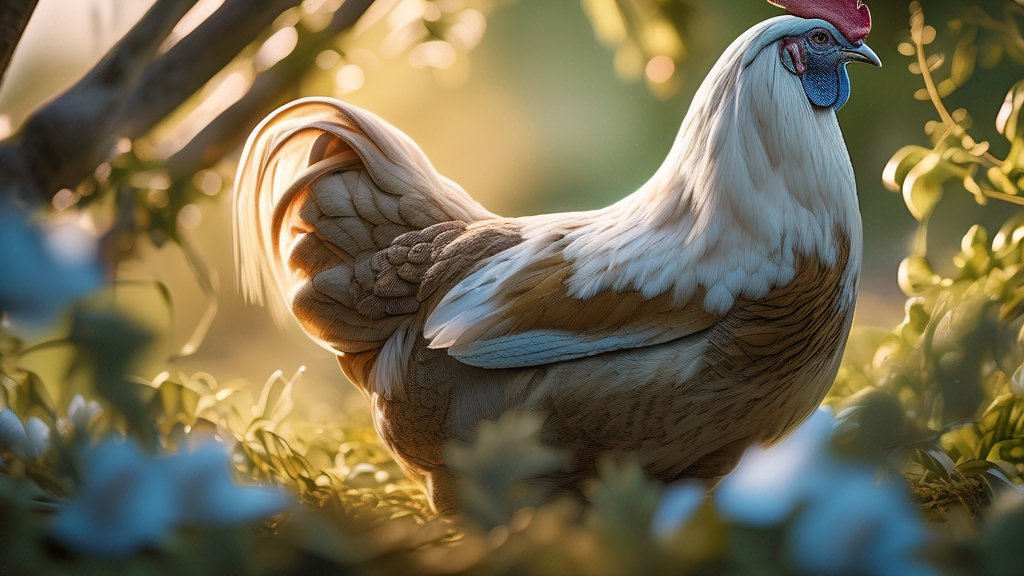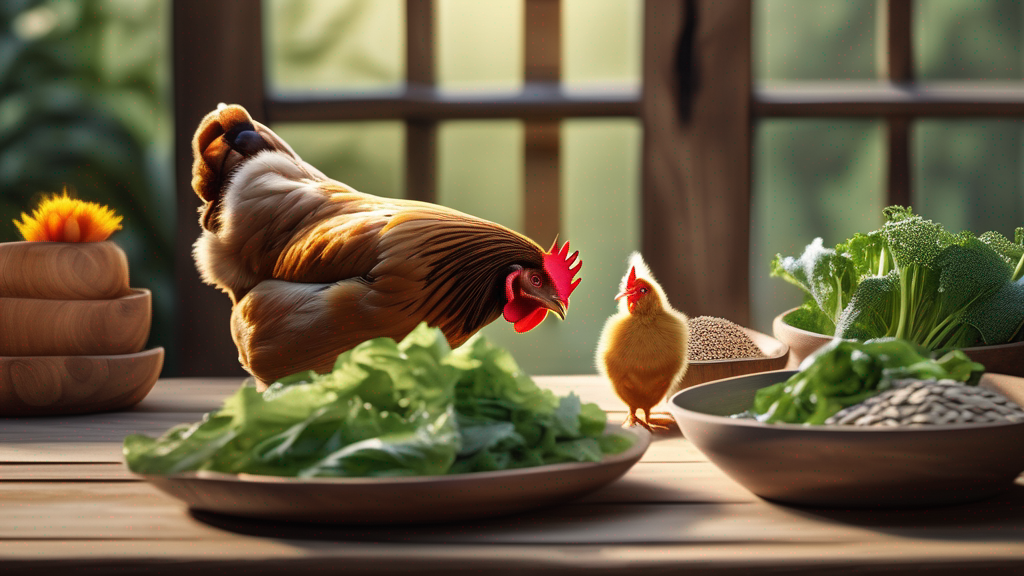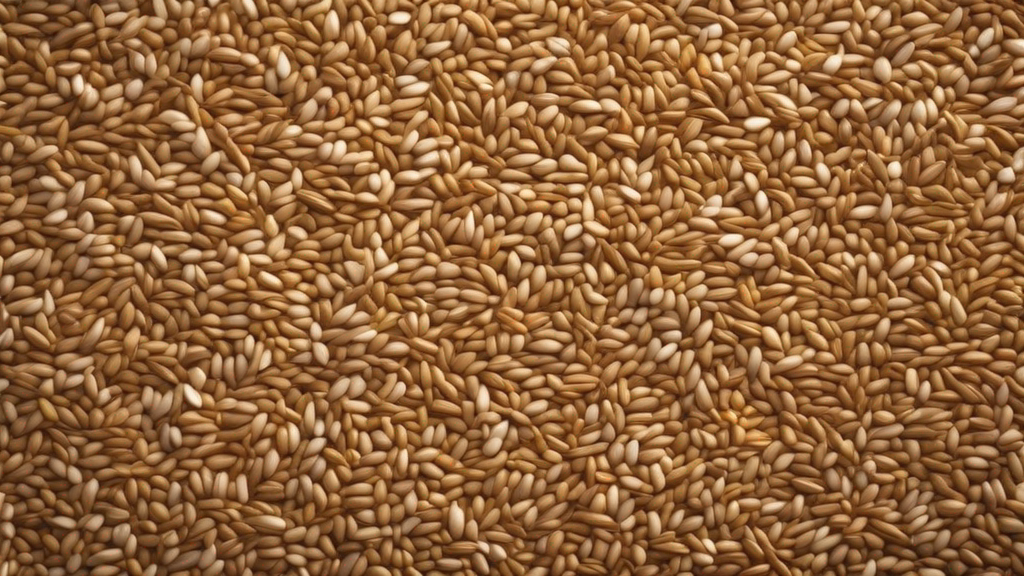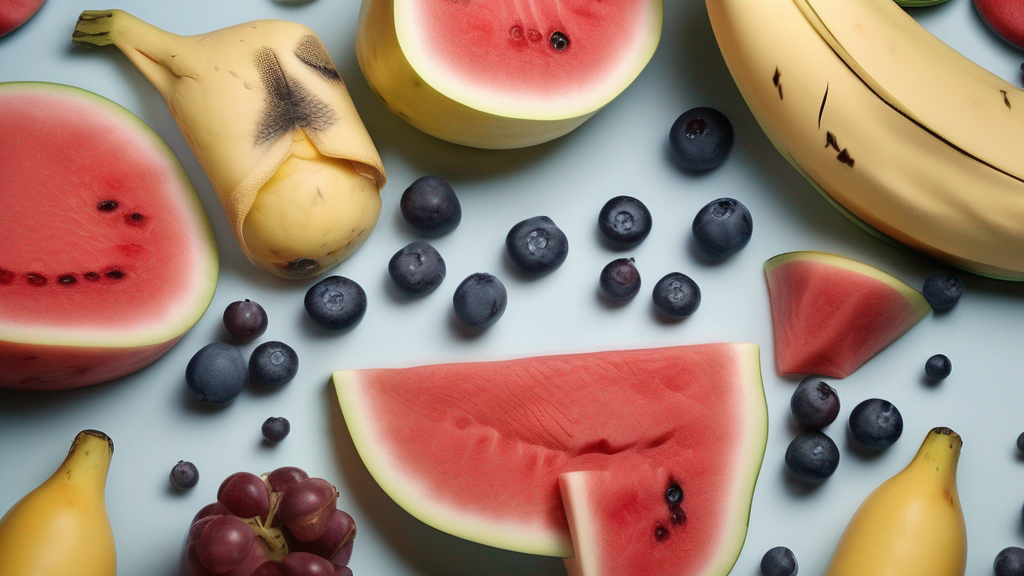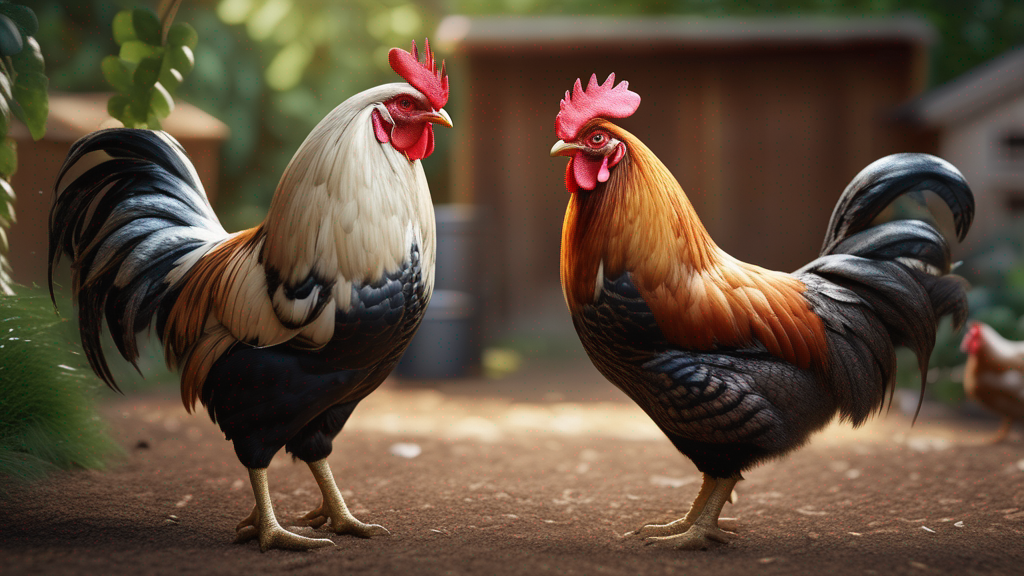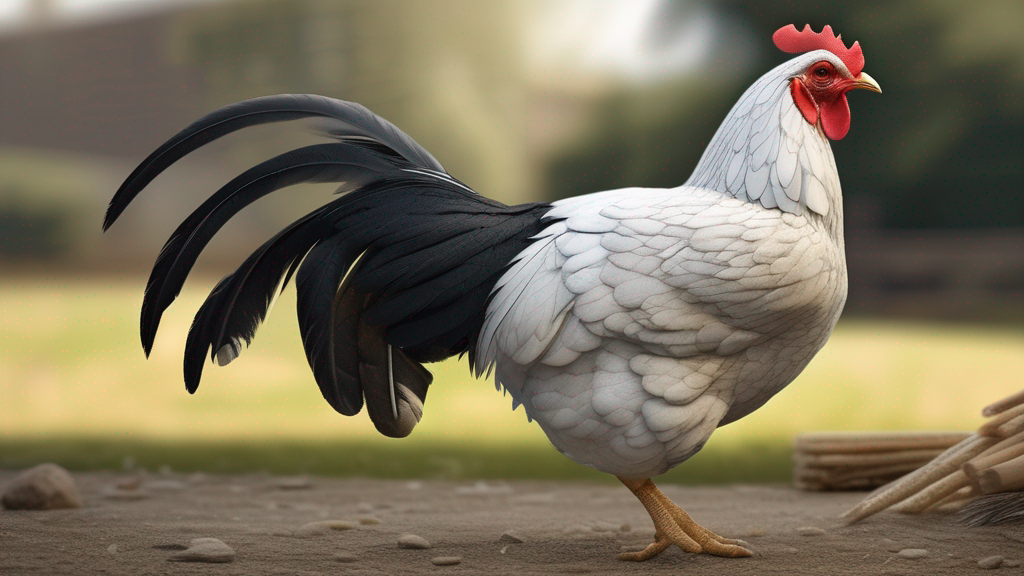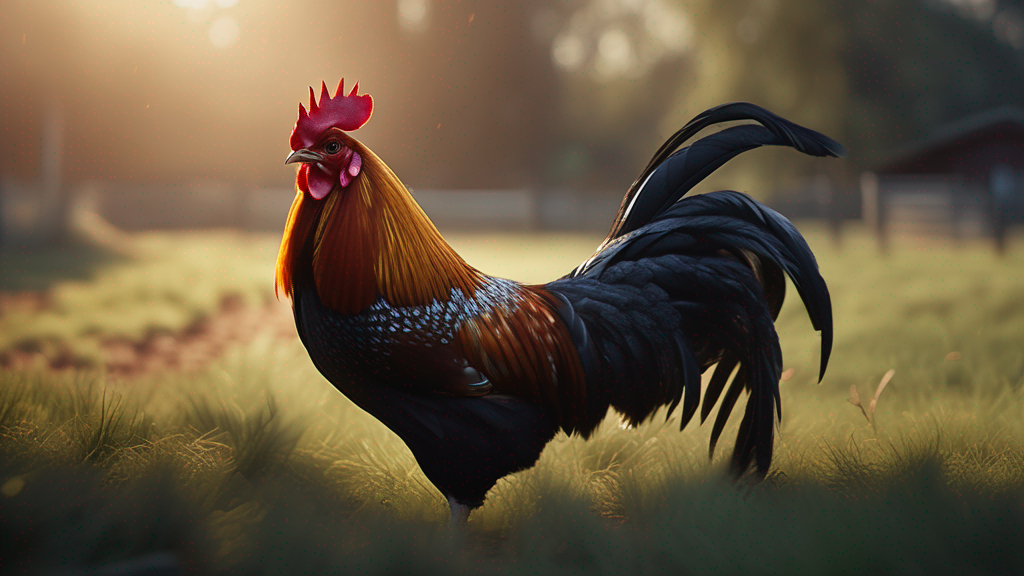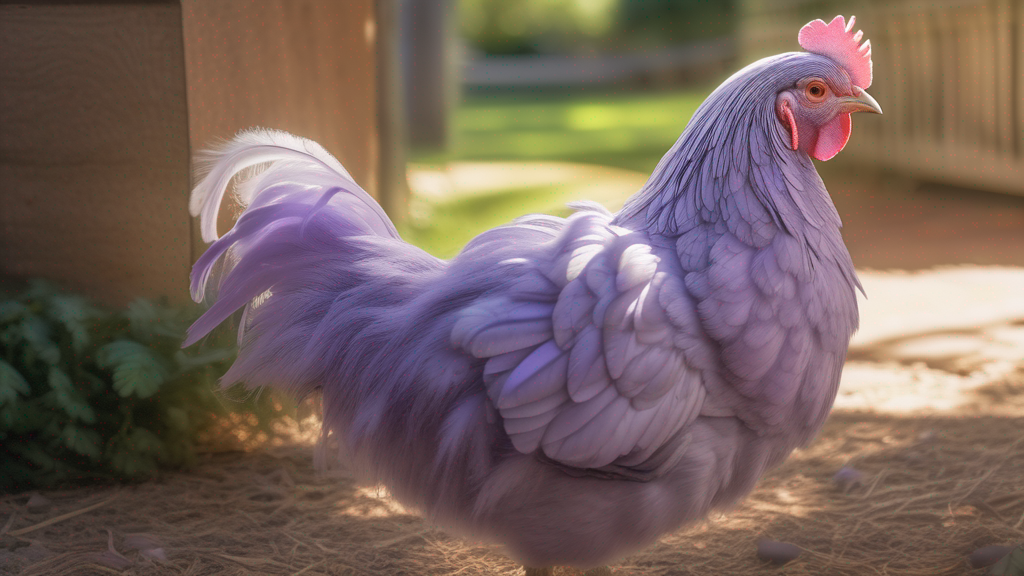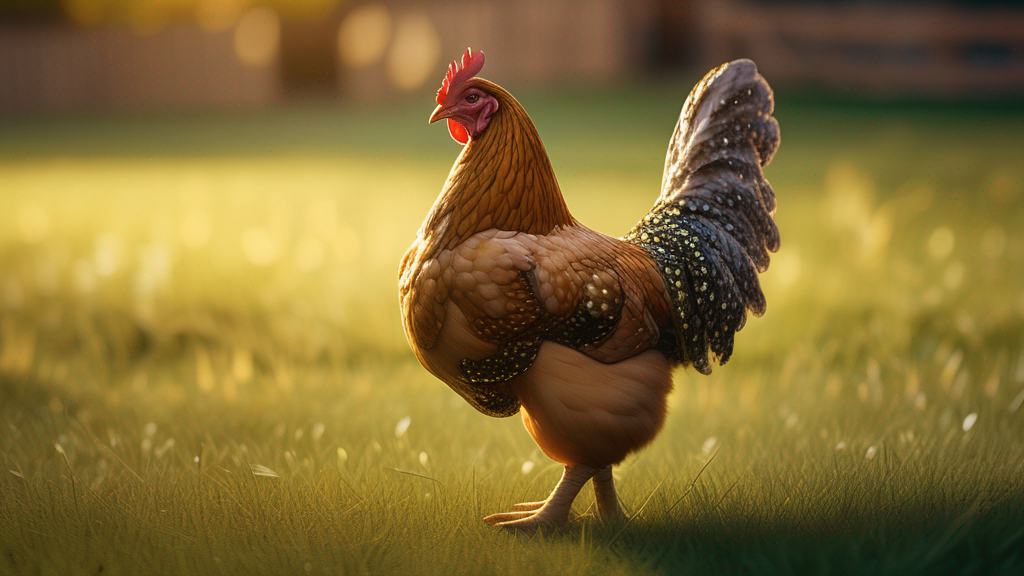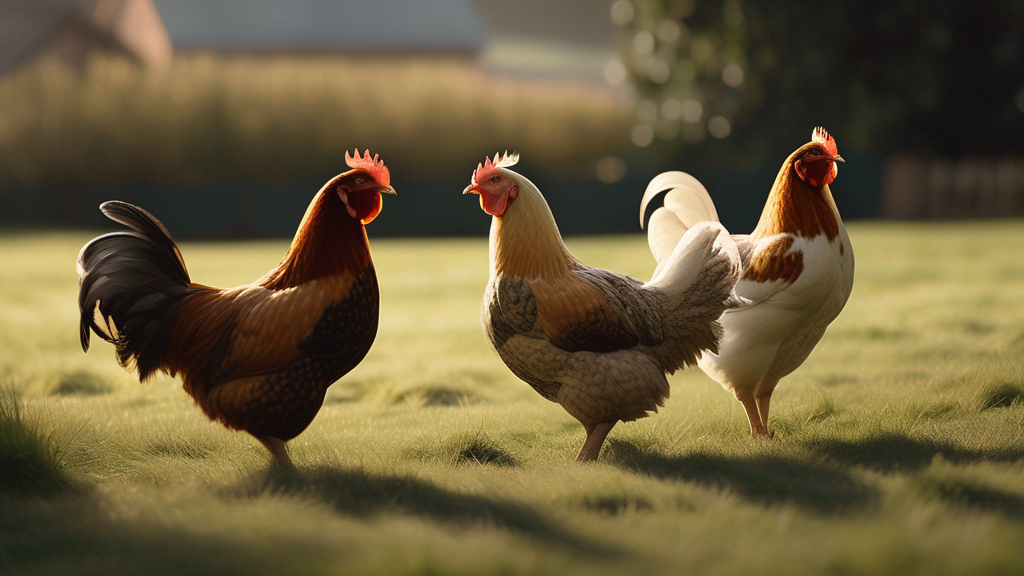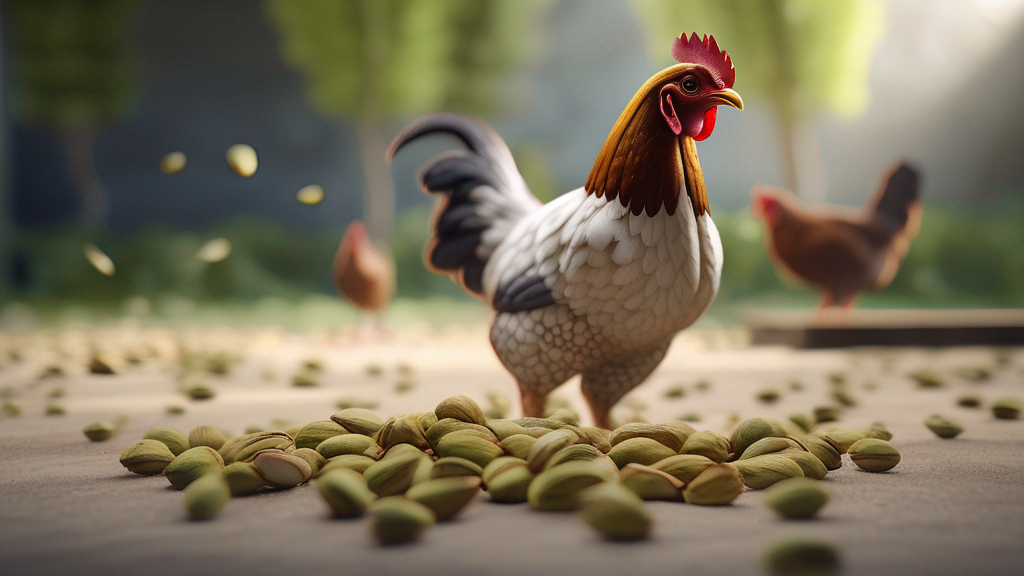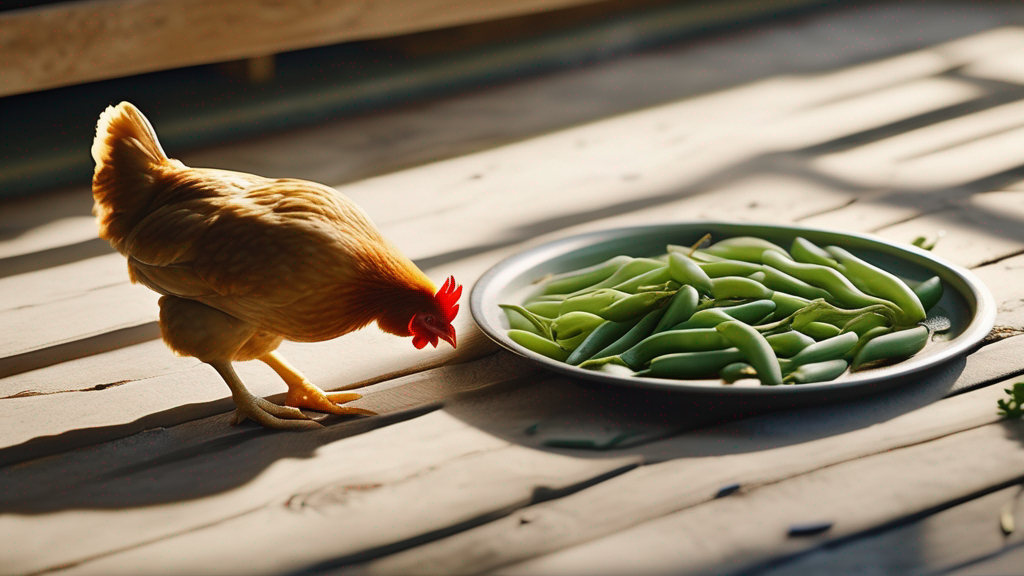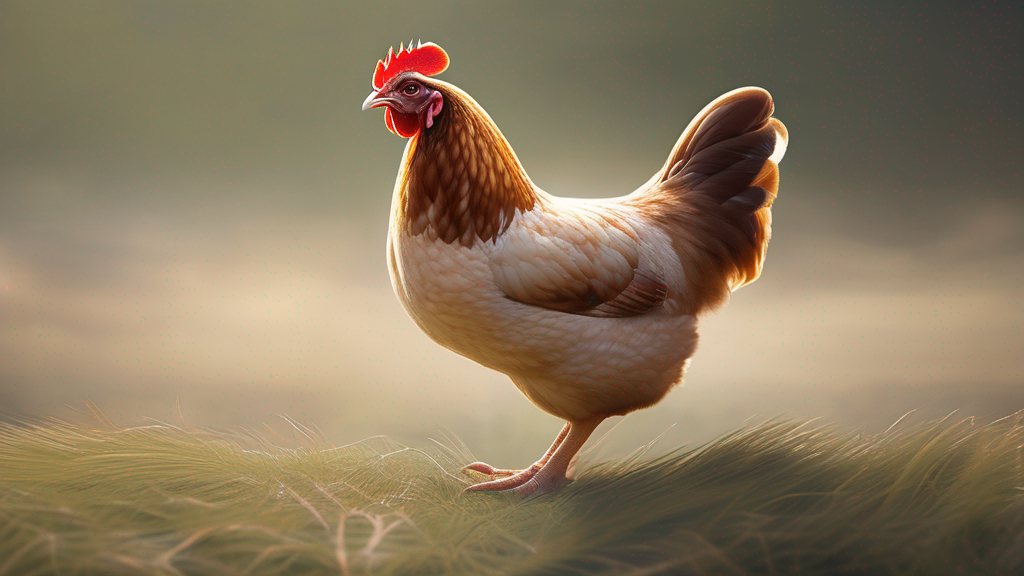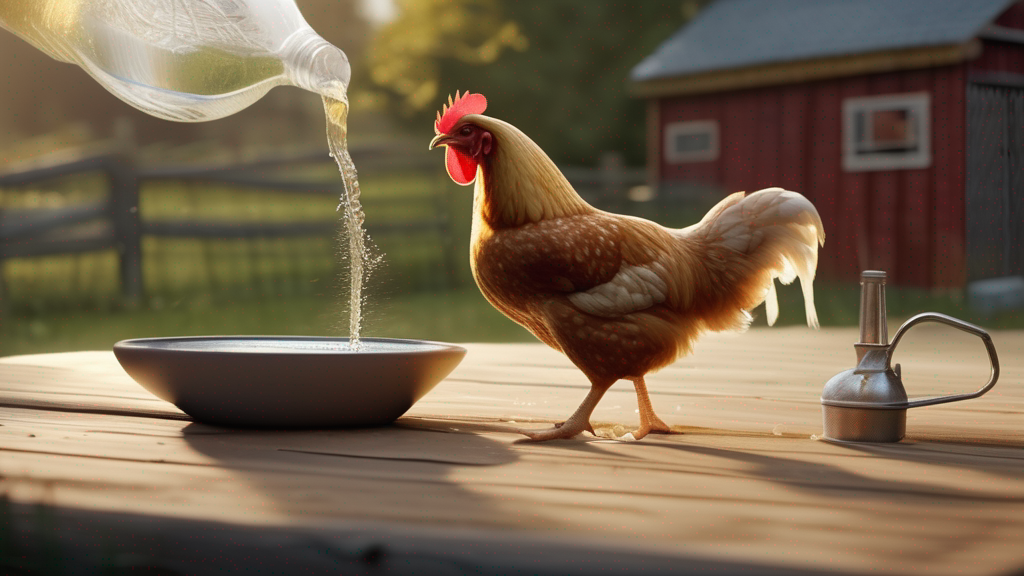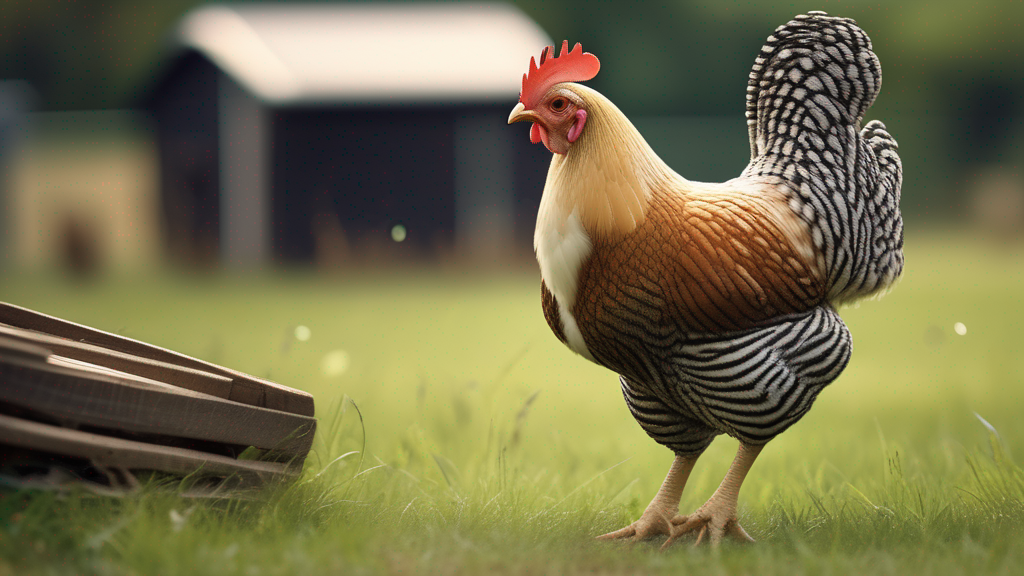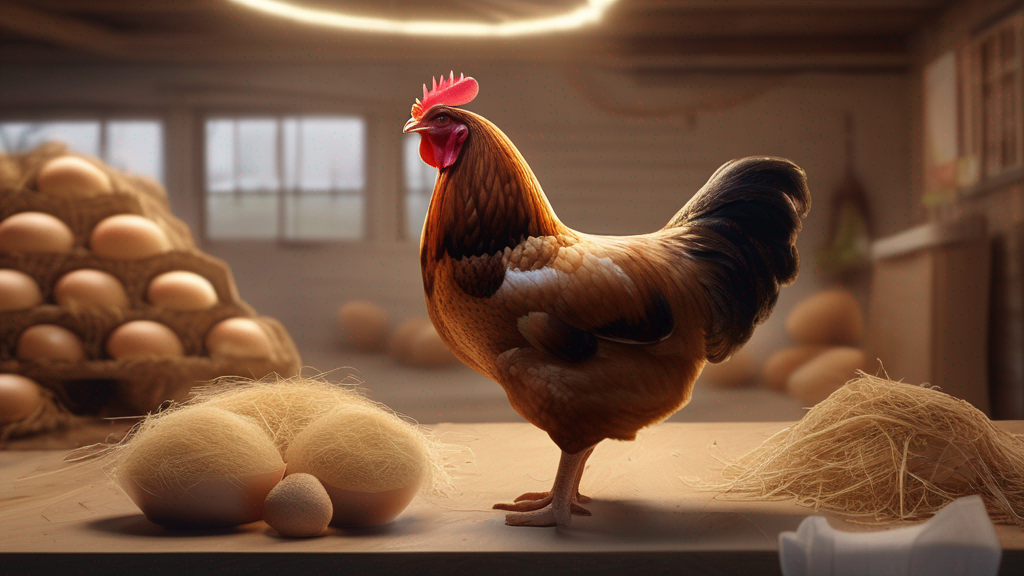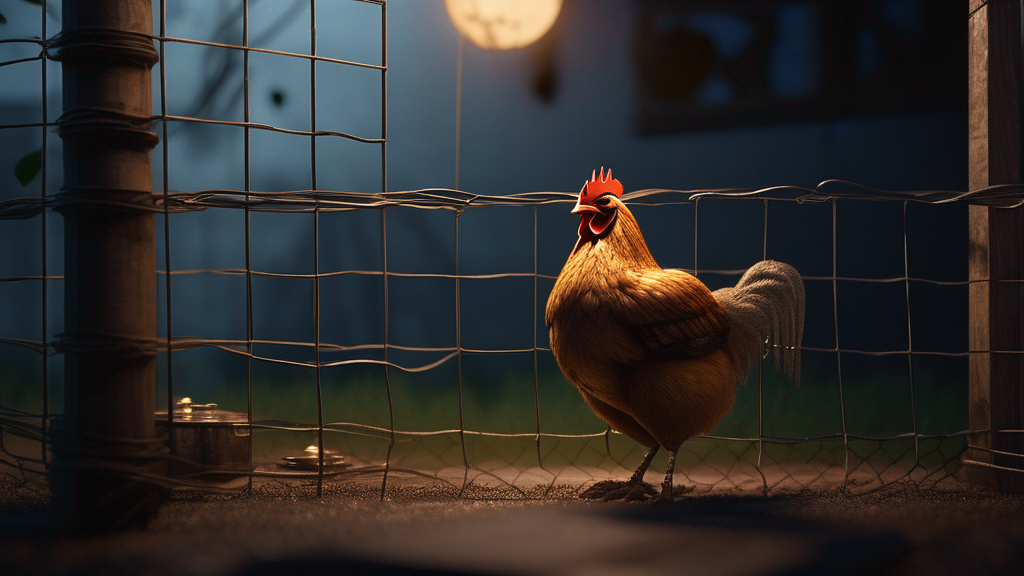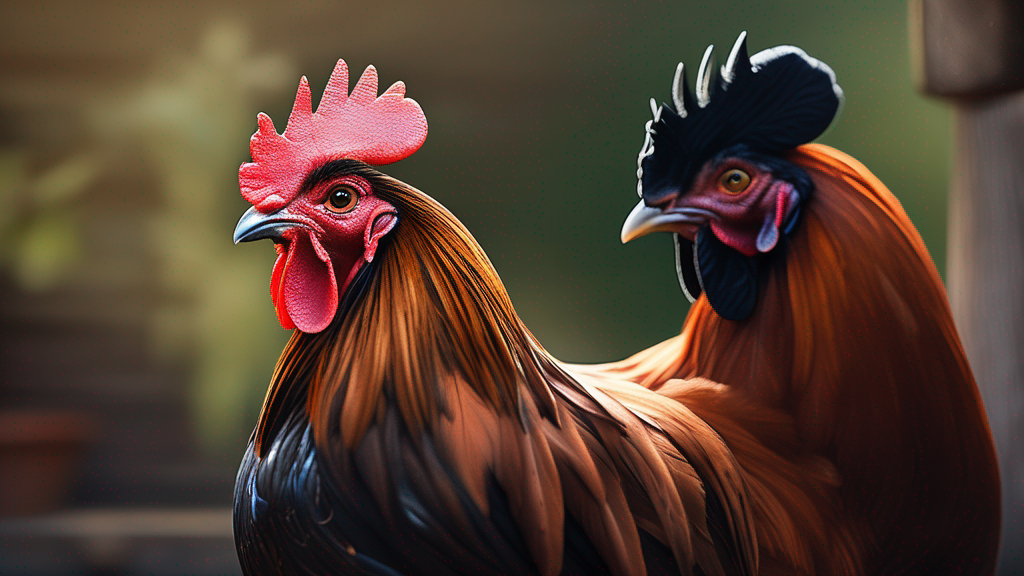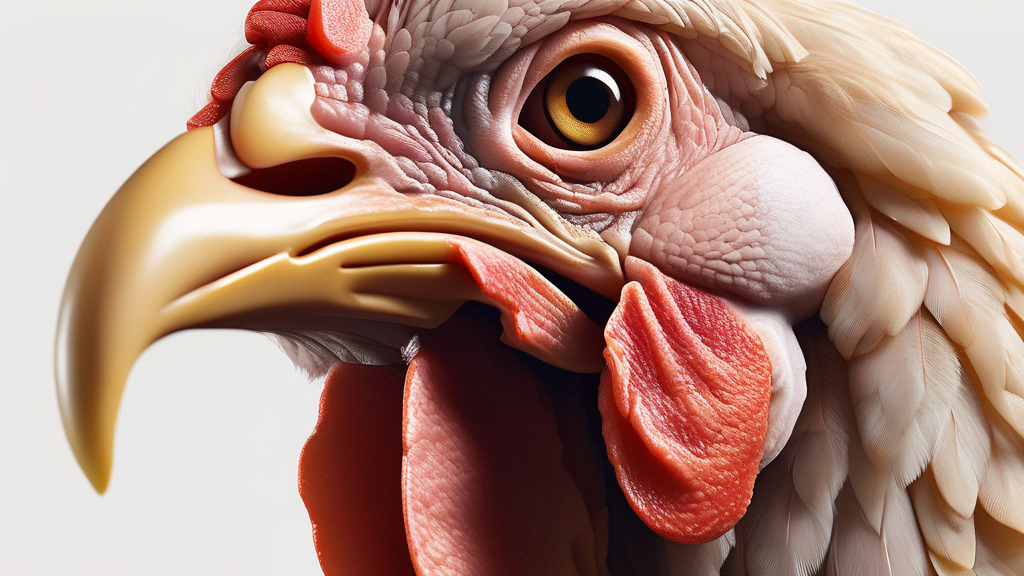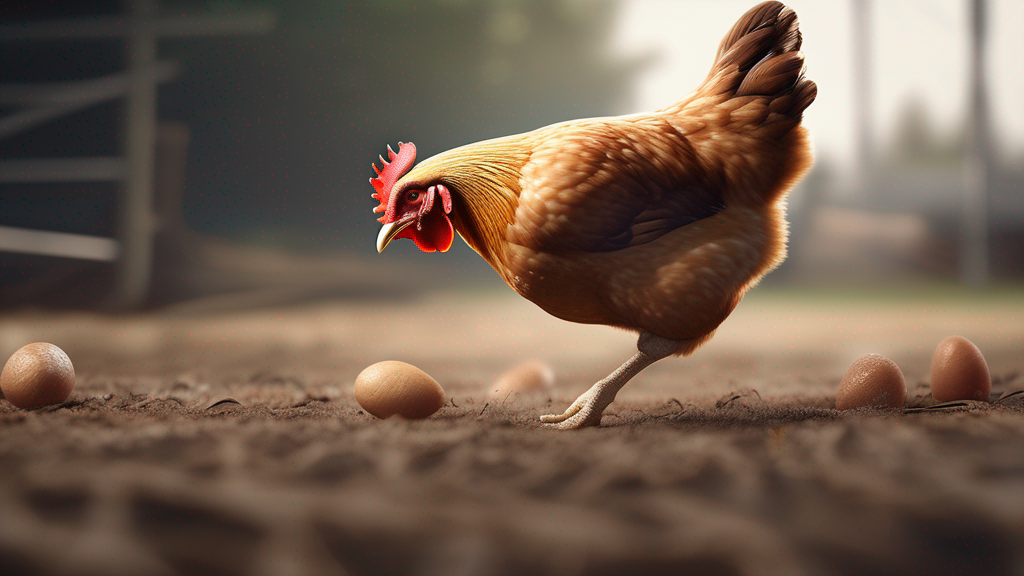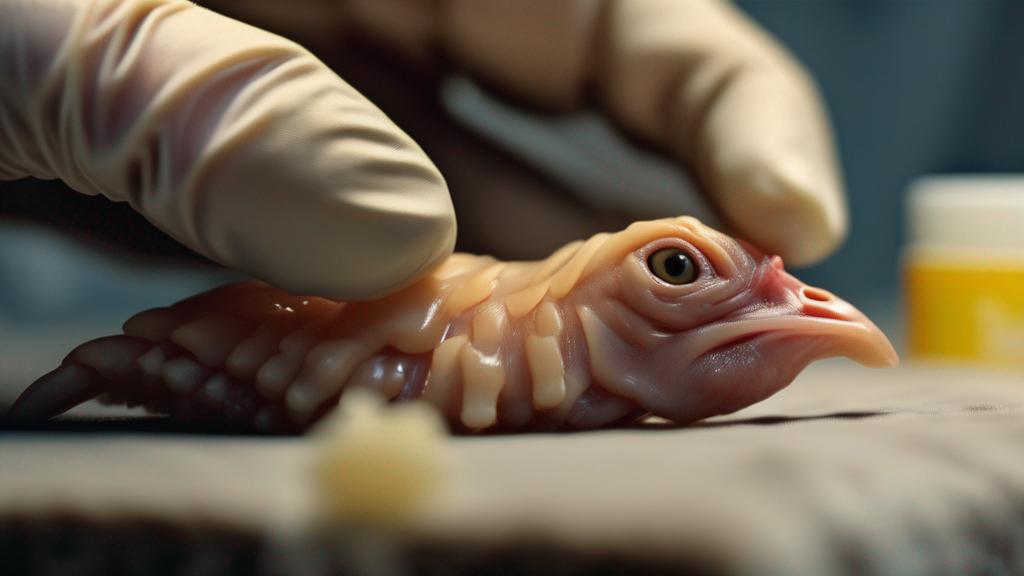If you’re a backyard chicken keeper, you’re likely seeking safe, healthy treats to enrich your flock’s diet. One common question is: Can chickens eat lettuce? The short answer is yes—but understanding how, when, and which types of lettuce to offer is crucial to avoid digestive upsets or nutritional imbalances.
In this in-depth guide, we’ll examine lettuce’s nutritional profile, compare lettuce varieties, discuss feeding methods (fresh, wilted, fermented, and dried), highlight potential pitfalls (water overload, pesticides, anti-nutrients), and provide practical tips for integrating lettuce into a balanced feeding plan. You’ll also find expert advice, detailed tables, case studies, and FAQs to support thoughtful feeding decisions.
Understanding Chicken Digestion & Greens
Chickens are omnivorous foragers with a digestive system adapted to process grains, seeds, insects, and plant matter. Their gizzard grinds food, and beneficial gut flora help break down fiber. However, sudden large quantities of watery or fibrous greens can cause diarrhea or dilute nutrient intake from commercial feed. Hence moderation and preparation methods matter.
Nutritional Profile of Lettuce
Lettuce is prized for its high water content and low calories, making it a hydrating snack, especially in warm climates. It also supplies vitamins and minerals, though amounts vary by variety. Below is a breakdown per 100 grams of common lettuce (raw):
| Nutrient | Amount per 100g (approx.) |
|---|---|
| Calories | 10–20 kcal |
| Water | 94–96% |
| Protein | 1.0–1.5 g |
| Fat | 0.1–0.3 g |
| Carbohydrates | 2.0–3.0 g |
| Fiber | 1.0–1.5 g |
| Vitamin A (IU) | 4,000–9,000 IU |
| Vitamin C | 3–10 mg |
| Vitamin K | 60–150 µg |
| Folate | 30–70 µg |
| Calcium | 20–40 mg |
| Iron | 0.3–0.8 mg |
| Potassium | 150–250 mg |
| Magnesium | 10–15 mg |
Note: Values vary moderately between romaine, butterhead, leaf, red leaf, and iceberg lettuces. Nutrient-dense types (romaine, leaf) deliver higher vitamin/mineral content, whereas iceberg is mostly water.
Varieties of Lettuce & Their Pros/Cons
- Romaine (Cos) Lettuce: Darker green leaves, richer in vitamins A and K. Less watery than iceberg; ideal for frequent but small servings.
- Butterhead (Bibb/Boston): Soft, tender leaves; moderate nutrient density. Easy for chickens to peck, but can wilt quickly.
- Leaf Lettuce (Green & Red): Loose leaves, antioxidant-rich (especially red varieties). Good variety; avoid large volumes at once due to fiber.
- Iceberg Lettuce: Very high water, low nutrients. Acceptable occasionally for hydration/enrichment but should not replace nutrient-rich feed.
- Oakleaf Lettuce: Tender lobed leaves, moderate nutrient profile; similar approach as leaf lettuce.
- Lollo Rosso / Lollo Bionda: Frilly edges, moderate vitamins; useful for enrichment, but feed sparingly.
- Wild Greens (Dandelion, Chickweed): Related to lettuce; high nutrient density but ensure correct identification and pesticide-free sourcing.
Benefits of Lettuce for Chickens
- Hydration: High water content helps maintain hydration in hot weather, reducing heat stress.
- Low-Calorie Snack: For overweight or less active birds, lettuce provides volume with minimal calories.
- Vitamin & Mineral Boost: Supplies vitamins A, K, C, folate, and trace minerals supporting immune health, bone metabolism, and feather quality.
- Behavioral Enrichment: Scattering lettuce encourages natural foraging, reducing boredom, pecking aggression, and promoting exercise.
- Digestive Aid: Small amounts of fiber support gut motility and gizzard function when balanced with grit and regular feed.
Risks & Considerations
- Excess Water Intake: Too much watery lettuce can cause loose droppings or diarrhea, especially if fed free-choice. Limit portions.
- Pesticide Residues: Lettuce may harbor pesticide or herbicide residues. Always wash thoroughly or, preferably, feed homegrown/organic greens.
- Oxalates & Anti-Nutrients: Some greens contain oxalates (e.g., spinach higher than lettuce) which bind calcium. Lettuce generally low in oxalates, but rotate with other greens for balance.
- Nitrate Accumulation: Lettuce grown under high nitrogen fertilization can accumulate nitrates. Provide lettuce from safe sources; rinse well.
- Cold Sensitivity: In very cold weather, icy lettuce can chill birds—offer at moderate temperatures or allow to wilt slightly indoors first.
- Over-Reliance: Lettuce should not exceed ~10% of daily intake. Chickens require complete feed for balanced amino acids, calcium for eggshells, and other key nutrients.
Preparing Lettuce Safely
1. Washing & Sanitizing
Rinse leaves under running water to remove dirt, insects, and residues. For extra safety, soak in a mild vinegar solution (1 part white vinegar to 3 parts water) for a few minutes, then rinse. Pat dry or spin in a salad spinner to reduce excess moisture.
2. Chopping or Tearing
Cut or tear lettuce into bite-sized strips or pieces. Smaller pieces reduce waste and prevent large, soggy piles that spoil quickly. For young or timid birds, tiny shreds may be easier to peck.
3. Wilted Lettuce
Allowing lettuce to wilt slightly (e.g., leave at room temperature for 1–2 hours) softens leaves and reduces chilling effect. Wilted lettuce is still nutritious but less shocking to gut and body temperature.
4. Fermented Lettuce
Fermentation introduces beneficial probiotics and breaks down fibers, improving digestibility. To ferment, place chopped lettuce in a clean jar or bucket, add a mild salt brine (0.5–1% salt by weight), and allow to ferment at ~18–22°C for 24–48 hours. Offer small portions; discard if mold appears. Fermented greens can be a gentle treat during gut upsets or after antibiotics, but introduce gradually.
5. Dehydrated or Freeze-Dried Lettuce
Dehydrated lettuce chips or freeze-dried flakes can be stored longer and sprinkled sparingly over feed. They rehydrate in the crop and provide fiber without bulk of fresh water-laden leaves. Ensure no additives or salts.
6. Mixing into Feeds
Blend small amounts of chopped lettuce with crumbled layer pellets or crumble feed. This encourages consumption of balanced feed while adding moisture and novelty. Avoid mixing too much, which may cause birds to pick out greens and leave essential feed.
Feeding Strategies & Scheduling
Effective feeding involves timing, portion control, and variety. Below are recommended practices:
- Portion Size: For a flock of 4–5 adult hens, offer roughly one medium leaf of romaine or handful of mixed leaf lettuce pieces per feeding, 2–3 times weekly. Adjust based on flock size and individual appetite.
- Timing: Offer lettuce after main feed is consumed (afternoon enrichment) so birds are not too hungry, minimizing refusal of complete feed. Avoid very early morning or late evening when temperatures drop.
- Seasonal Adjustments: In hot weather, increase hydrating greens but monitor for chilled birds; serve early morning when cooler. In cold weather, offer wilted or fermented greens, providing small energy boost without chilling effect.
- Rotation: Rotate lettuce with other safe greens (spinach, kale, Swiss chard, dandelion leaves) to prevent monotony and avoid accumulation of any single anti-nutrient.
- Observation: Watch droppings and behavior after feeding. If droppings become too loose or birds avoid feed, reduce lettuce quantity.
- Provisioning: Scatter lettuce pieces across bedding or use hanging treat nets to promote foraging and reduce competition at feeding stations.
Comparison: Lettuce vs Other Common Greens
| Green | Protein (per 100g) | Key Nutrients | Water Content | Notes & Feeding Frequency |
|---|---|---|---|---|
| Romaine Lettuce | 1.2 g | Vitamins A, K, Folate | 95% | 2–3×/week; moderate hydration |
| Leaf Lettuce (Red/Green) | 1.3 g | Antioxidants, Vitamins A & C | 94% | 2×/week; variety and color enrichment |
| Butterhead Lettuce | 1.4 g | Vitamin K, Manganese | 95% | Occasional; softer texture, watch spoilage |
| Iceberg Lettuce | 0.9 g | Minimal vitamins; mostly water | 96% | Rare treat; primarily for hydration/enrichment |
| Kale | 4.3 g | Calcium, Iron, Vitamins A, C | 84% | 1×/week; nutrient-dense but higher oxalates—feed in moderation |
| Spinach | 2.9 g | Iron, Magnesium, Vitamins A, C | 91% | Occasional; contains oxalates—avoid overfeeding |
| Dandelion Greens | 2.7 g | Calcium, Vitamin A, Potassium | 85% | 1–2×/week; wild foraging or clean-sourced |
| Swiss Chard | 1.8 g | Vitamins K, A, C; Magnesium | 92% | Occasional; watch oxalate content |
Expert Tips & Insights
- “Offer lettuce as an occasional treat, not staple. Always ensure your layer feed remains primary to meet amino acids and calcium needs.” – Dr. Elaine Peterson, Poultry Nutritionist.
- “Fermented greens can help maintain gut flora balance, especially after antibiotics or stress. Introduce fermented lettuce gradually, starting with small spoonfuls.” – Backyard Poultry Journal.
- “Rotate different greens weekly to provide a spectrum of vitamins and avoid potential anti-nutrient buildup.” – Homestead Chicken Keepers Association.
- “Homegrown lettuce ensures minimal pesticide exposure. If using store-bought, wash thoroughly and consider brief blanching or soaking.” – Organic Farming Today.
- “Observe flock temperament: scattering greens in deep litter encourages natural scratching behavior, reducing boredom and pecking order conflicts.” – The Happy Chicken Coop Podcast.
Case Study: Lettuce Feeding in a Mixed Flock
Background: A small mixed flock of 8 hens (layers and dual-purpose breeds) in a suburban setting. Keeper grows lettuce in raised beds organically.
Approach: Weekly rotation of romaine, red leaf, and dandelion greens. Washed and chopped into 2–3 cm strips. Fed after midday portion of layer pellets. Introduced fermented lettuce following a short antibiotic course for respiratory infection in two birds.
Outcomes: No digestive upsets observed. Hens consumed greens eagerly but continued to eat full portion of layer feed. After fermented greens, birds showed improved droppings consistency during recovery. In hot weather, scattering fresh lettuce early morning helped reduce heat stress, with birds lingering in shaded runs.
Lessons: Moderation and observation are key. Homegrown lettuce reduced pesticide concerns. Fermentation aided recovery. Seasonal adjustments improved welfare.
Monitoring & Troubleshooting
Signs of Digestive Upset
- Loose or watery droppings persisting beyond a day
- Reduced feed intake or disinterest in pellets
- Dehydration signs (sunken eyes, lethargy) if watery greens not balanced with water intake
If these appear, pause lettuce feeding for several days and monitor. Reintroduce smaller amounts or switch to wilted/fermented forms.
Weight & Egg Production Monitoring
Track body condition scores or occasional weights for a few hens. Sudden weight loss or gain after introducing new treats warrants adjustment. Monitor egg production and shell quality: notable declines may indicate nutritional imbalance.
Handling Spoilage & Waste
Remove uneaten lettuce within 1–2 hours to prevent mold, flies, or cockroach attraction. Wilted greens spoil less rapidly but still watch moisture buildup. Compost uneaten lettuce responsibly, keeping predator access minimized.
Advanced Feeding Methods
Lettuce in Foraging Toys & Enrichment
Place shredded lettuce inside hanging treat nets or puzzle feeders. Encourages problem-solving and pecking activity. For winter enrichment, freeze small lettuce-and-other-vegetable mixtures into ice blocks (non-toxic) and offer in sheltered area.
Sprouting Lettuce Seeds
Sprouted seeds (microgreens) have concentrated nutrients. Sprout lettuce or mixed salad seeds indoors, then offer small trays of microgreens for 1–2 days before plants mature or wilt. Provides novel texture and nutrient boost.
Integrating with Other Feeds
Mix tiny lettuce pieces into soaked pellets or mash, combining moisture and fiber. For chicks older than 4 weeks, finely chopped lettuce can be added to mash feeds at <5% of mash volume to introduce greens early while maintaining nutrient balance.
Frequently Asked Questions
Can baby chicks eat lettuce?
Chicks under 3–4 weeks have delicate digestive systems. Small amounts of finely chopped, well-washed lettuce can be introduced after 4 weeks, but primary nutrition must remain chick starter feed. Monitor droppings closely.
How often should I feed lettuce to adult hens?
Generally 2–3 times per week in small portions. Adjust frequency based on flock response, weather, and overall diet. In very hot weather, you may increase occasional morning servings. In cold weather, limit fresh lettuce and use wilted or fermented forms.
Is iceberg lettuce harmful?
Iceberg is extremely watery with minimal nutrients. Occasional small portions are safe for enrichment or hydration, but overfeeding leads to loose droppings and displacement of nutrient-rich feed. Prefer romaine or leaf lettuce for better nutrition.
Can I feed lettuce scraps from salads?
Only if free from dressings, oils, or seasonings. Rinse thoroughly to remove salt or vinegar. Avoid wilted lettuce that is slimy or begins to decompose. Better to feed plain, fresh or lightly wilted leaves.
How do I prevent waste when feeding lettuce?
Chop into small pieces and scatter so chickens peck bits rather than accumulating large piles. Offer in foraging mats or treat nets rather than piles on the ground. Remove uneaten pieces promptly.
Can fermented lettuce replace probiotics?
Fermented greens provide natural probiotics but are not a complete substitute for targeted probiotic supplements when recommended (e.g., after antibiotic treatment). Use fermented lettuce as part of a varied approach to gut health.
Conclusion
Lettuce can be a valuable, low-calorie, hydrating treat for chickens when offered thoughtfully. Choosing nutrient-dense varieties (romaine, leaf), preparing leaves safely (washing, chopping, wilting, fermenting), and controlling portions ensure your flock benefits without digestive upset or displacement of balanced feed.
Rotate lettuce with other safe greens, watch flock behavior and droppings, and adjust feeding seasonally. Use lettuce in enrichment activities—scattered for foraging or in treat puzzles—to support mental stimulation. Always prioritize high-quality commercial feed as the foundation of nutrition, with lettuce and other greens as supplemental treats (≤10% of intake).
By following these guidelines, you can confidently include lettuce in your feeding regimen, keeping your flock healthy, hydrated, and engaged. Explore more feeding tips, seasonal plans, and enrichment ideas in our Chicken Nutrition Resource.
